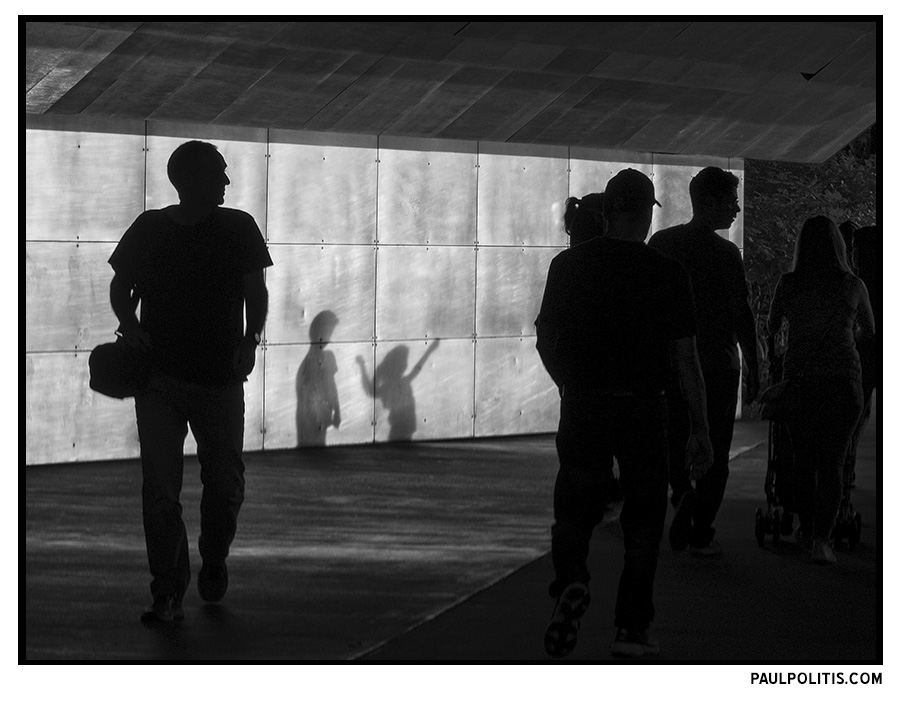
“Wonder, and its expression in poetry and the arts, are among the most important things which seem to distinguish men from other animals, and intelligent and sensitive people from morons.”
— Alan Watts, The Book on The Taboo Against Knowing Who You Are
This is expressed so well. Whenever I look through my past work I remember distinctly which photos were the result of ‘the gasp’:
“And there are certain lessons that become codified. I think every teacher has a few things that they say that they know will strike a chord. And for me, this notion of the ‘gasp reflex’ is what I call it, because so many people, whether they were students or whether they’re online, they say, how do you know when to make a photograph?
So it’s up to each person. But if you trust something in you that is the pure you, that usually is a moment when something happens and you see it and you go [makes the sound of a quick intake of breath] and that little gasp is inspiration, right? You inspire oxygen in a jolt and it goes into your lungs and immediately lights up your brain because it fires all the cells of your brain faster. You become oxygenated and alert and connected. If you recognize that those are the instances in which you yourself, the true you, not the cerebral you who thinks, ‘I should go out and photograph, you know, people with food carts today.’
If you photograph when you have that momentary gasp reflex over time — if you separated those out — you would begin to see your true identity. And I think that photography is a search for your identity as an artist and as a human being. It’s like your fingerprint. You make pictures a certain way. If you try to make them to look like other people, you’ll never discover yourself. You’ll always be imitating someone else’s program. So my encouragement is for everybody to try to find what is uniquely their way of responding to the world, their way of framing the world, their sense of timing, the degree of closeness or distance they need to be in order to feel this way. And if you track your impulses, you will begin to see your own dots along the line that say, Oh, these are me at my truest.
And then you have something to work with, and you can choose to strengthen that by trusting it more. Or you could choose to leave it and copy somebody else and be forever lost. I mean, lost to yourself. You may make pictures that look like somebody else’s, but then they’re not yours. They look like, you know, Diane Arbus. They look like Lee Friedlander. They look like, you know, whoever your recent teacher is at the workshop. I mean, isn’t that what we’re here for in the course of this brief life we’re going to have on the planet. Don’t you want to know something about true identity?”
— Joel Meyerowitz
Source: lensculture
***
Patti Smith, in her memoir Just Kids, describes the wonder with which the artist (and children) experience the world:
“When I was very young, my mother took me for walks in Humboldt Park, along the edge of the Prairie River. I have vague memories, like impressions on glass plates, of an old boathouse, a circular band shell, an arched stone bridge. The narrows of the river emptied into a wide lagoon and I saw upon its surface a singular miracle. A long curving neck rose from a dress of white plumage.
Swan, my mother said, sensing my excitement. It pattered the bright water, flapping its great wings, and lifted into the sky.
The word alone hardly attested to its magnificence nor conveyed the emotion it produced. The sight of it generated an urge I had no words for, a desire to speak of the swan, to say something of its whiteness, the explosive nature of its movement, and the slow beating of its wings.
The swan became one with the sky. I struggled to find words to describe my own sense of it. Swan, I repeated, not entirely satisfied, and I felt a twinge, a curious yearning, imperceptible to passersby, my mother, the trees, or the clouds.”
— Patti Smith, Just Kids


